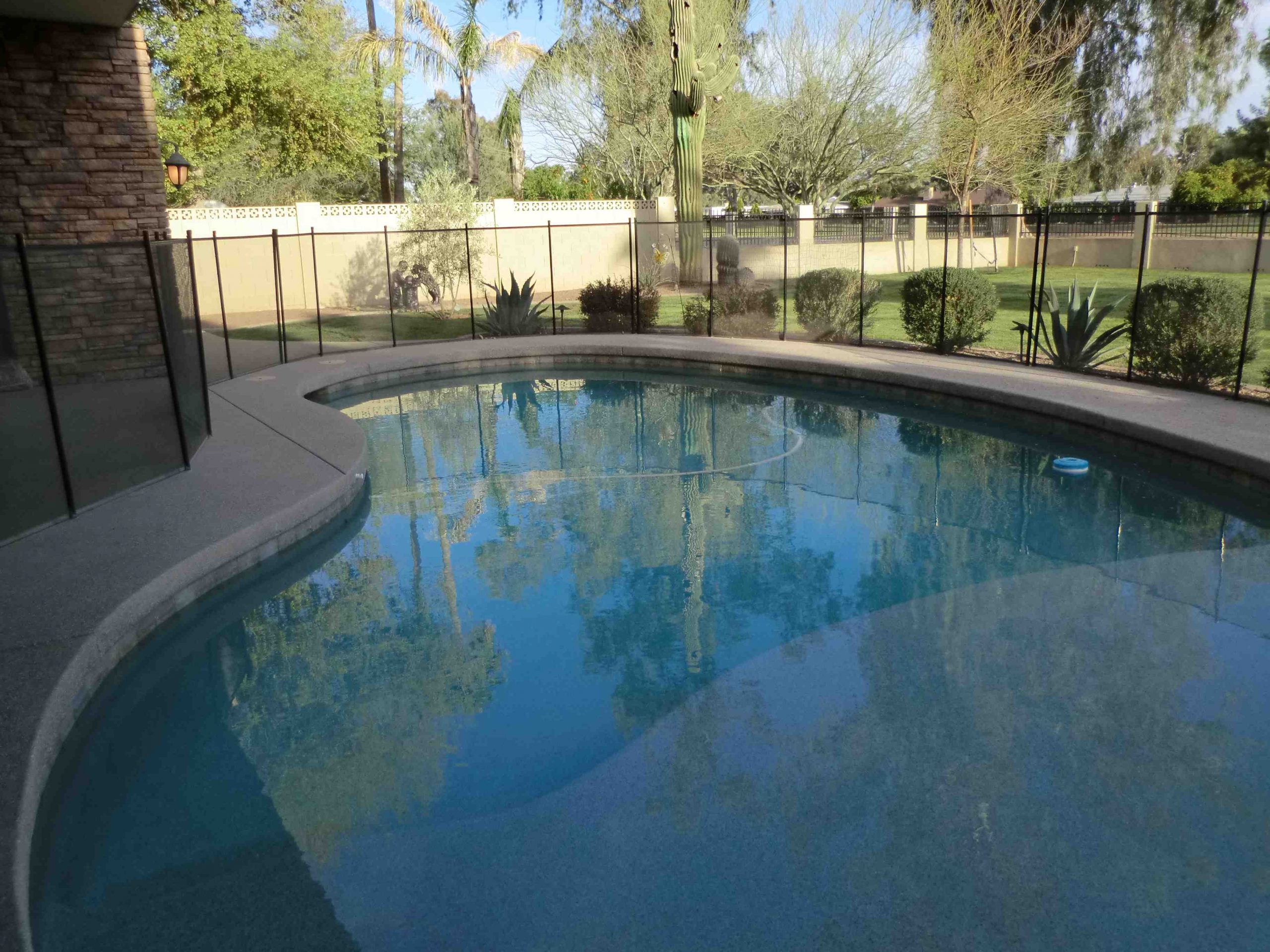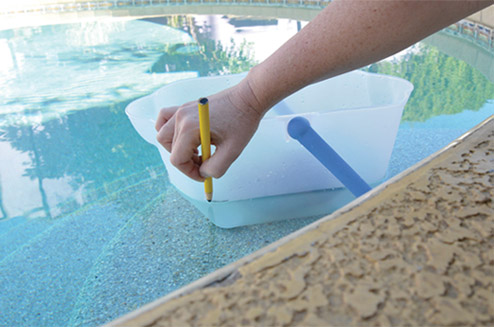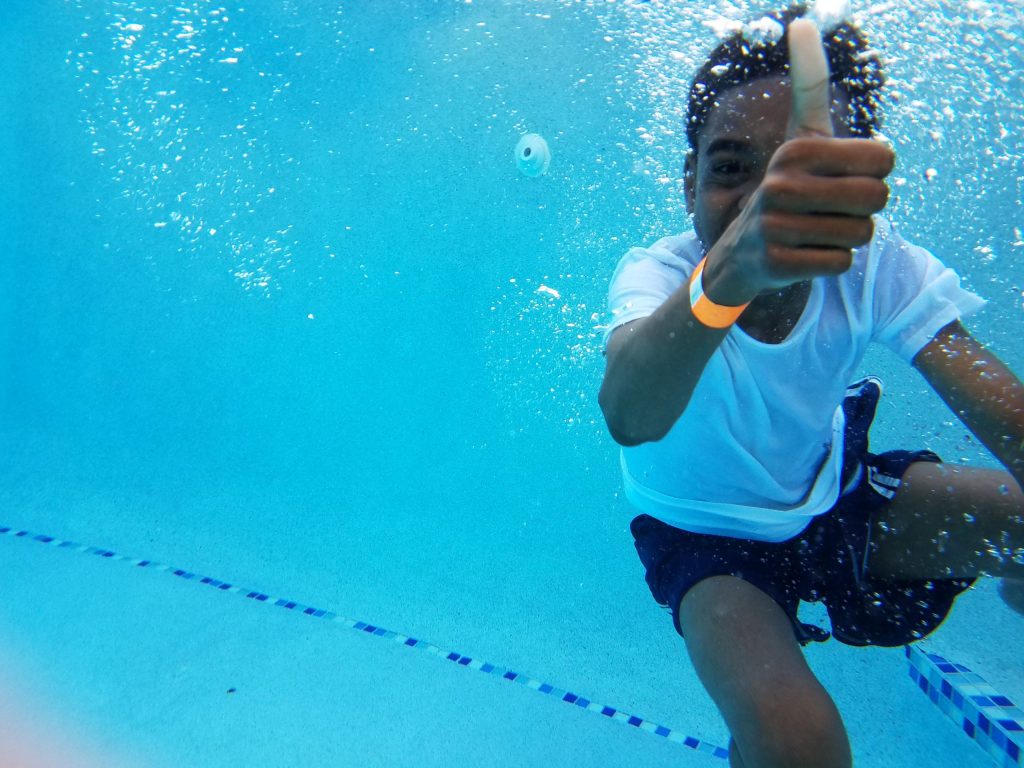Summer temperatures have arrived meaning it is time to be cool in the pool. Pools are one of the greatest outdoor water users. So before you dive in, it’s important to ensure your pool is running as efficiently as possible.
Here are a few simple ways you can conserve water in your pool.
Take care of your pool. Maintain proper chemical levels and adequate circulation time. You’ll have safer, cleaner water and avoid the need to drain the pool as often.
Keep your filter clean to avoid backwashing. Clean your filters regularly. The average backwash uses between 250 to 1,000 gallons of water. So remember to only backwash when necessary.
Lower the pool temperature. Reducing the temperature also reduces water loss to evaporation. Cooling pumps can lower pool temps up to 15 degrees.
Don’t overfill the pool. Keep the water level lower to reduce water loss due to splashing.
Fix Leaks. This may be the most important tip to reduce water waste and avoid a high-water bill, but it can take a little work to find those leaks.

It is estimated that 30 percent of all pools have a leak. Often leaks like these can go undetected for the entire summer which adds up to a significant amount of water loss. An ongoing pool leak can waste hundreds of gallons of water.
To ensure your pool is in tip-top shape when it comes to water use here are some easy steps for you to take to fix a leak.
First look for any visible leaks
Walk around your pool and yard while carefully inspecting the area around your pool equipment, which is where a lot of leaks can be found. Turn the pool equipment on and look for visible leaks. Often times leaks come from plumbing problems which can include broken seals around fittings.
Look for white crusty mineral deposits on pipes which could indicate a slow leak. Also, look for wet spots on the ground around the pool, pool equipment, and between the equipment and the pool.
Test for hidden leaks
Check the pool autofill (automatic pool water leveler) for proper operation. Pool water evaporation is normal; however, an abnormal drop in water level may indicate a leak. An autofill can mask a leak as it will automatically replace water lost and thereby prevent a visible drop in the pool level.
You can also do the bucket test. Just follow the simple instructions below or watch this instructional video provided by the City of Scottsdale.

- Disable (turn off) the autofill (if present)
- Place a bucket or container on a pool step without submerging it.
- Use a large rock or brick to weigh down the container.
- Fill it with water so it is the same level as the pool water.
- Mark the water level inside the bucket using either a water-soluble marker or a piece of tape.
- Mark the pool water level on the outside of the bucket.
- Wait at least two to three days to let natural evaporation occur.
Compare the two water levels. If the pool water level (outside mark) dropped more than the bucket’s water level (inside mark), you may have a leak and may want to contact a pool contractor. If the level changes are the same, only evaporation has occurred and you can resume normal autofill operation.
Stay cool, be waterwise and ensure water remains in the pool by checking for leaks periodically over the course of the summer and year-round. It’s an easy way to conserve water and save you some money.
This article originally appeared on June 10, 2019, and is being reposted with permission. The Arizona Municipal Water Users Association (AMWUA) is one of 20 Water – Use It Wisely partners to offer water-saving advice and programs.
From time to time, Water – Use It Wisely features guest bloggers who write about topics related to water and water conservation. Warren Tenney is the Executive Director of the Arizona Municipal Water Users Association and a member of the Governor’s Water Augmentation Council. He is also a member of the AZ Water Association, where he chaired the Water Resources Committee for six years. For more water information visit www.amwua.org.


